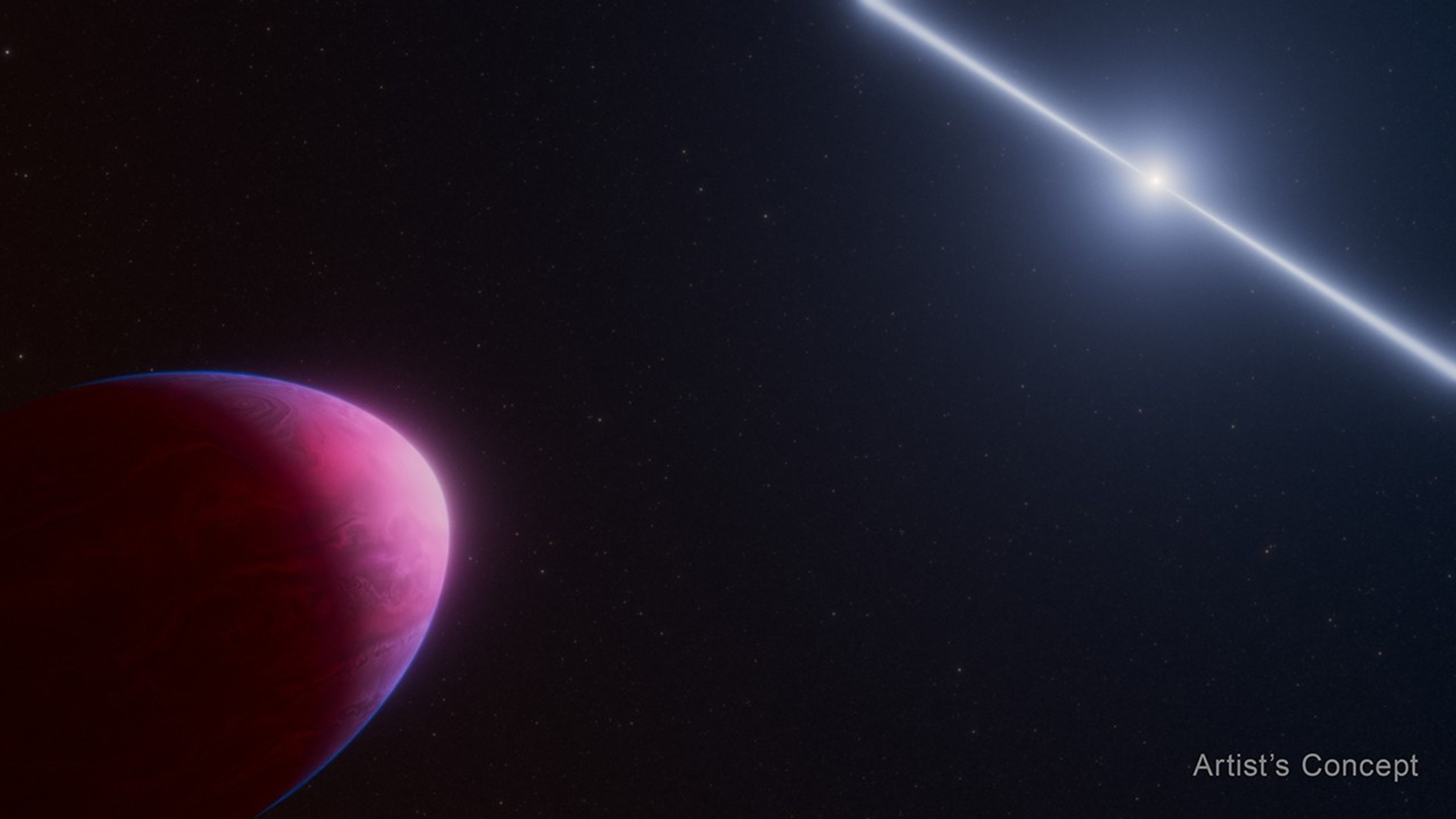People around the world have the opportunity to participate in the study of a comet in December of 2018, when a hyperactive comet that orbits between Jupiter and the Sun will be closest to Earth. It will be so close, in fact, that you may be able to see it with the naked eye within a week or two before and after its closest approach on December 16. Comet 46P/Wirtanen is a ball of rock, dust and frozen gases a little over a kilometer in diameter that was discovered in 1948 by astronomer Carl Wirtanen at the Lick Observatory in California.
Wirtanen’s orbital period is around 5 and 1/2 years. As the comet and the Earth travel in their different orbits around the Sun, there are times when Wirtanen is observable from Earth, depending on how close it gets to us. Its appearance in 2013, for instance, was very faint, and only a few distant measurements were obtained. Its appearance in 2024 will be equally faint. But, its appearance in December 2018 is expected to be very bright, passing just 30 lunar distances from Earth, or only 30 times farther from Earth than the Moon. This encounter will occur just a few days after its perihelion, which means its closest point to the sun. The result is that Wirtanen will appear very bright from Earth for a comet, and it’s likely to be visible in binoculars and maybe even to the naked eye. Additionally, since it will pass by Earth on the side away from the Sun, it should be visible for many hours during the night from both the northern and southern hemispheres. This presents a unique opportunity to study the object.
Dr. Kelly Fast is the Program Manager of the Near-Earth Object Observations Program at NASA Headquarters, and she’s eager to watch this event unfold. “At NASA,” she notes, “we normally send spacecraft missions to solar system targets. It’s always nice when the target comes to us. This is a wonderful opportunity for comet science, and for the astronomical community around the world who will be studying the chemistry, coma changes, and other processes taking place at Comet Wirtanen.”
Dr. Tony Farnham is a principal research scientist at the University of Maryland. He is leading a multi-faceted campaign to provide information about Wirtanen and to encourage observations of the comet throughout its appearance. Farnham says, “This effort is targeted to both professional astronomers and citizen scientists of all types.
This is the 10th closest comet approach in the modern era, and, because its orbit tracks the Earth's for many months, it will remain observable for between 2 and 8 hours per night for over a year as it brightens and then fades around its closest approach.
Comet Wirtanen – you light up our night.
For more illuminating information about comets, visit science.nasa.gov.



































